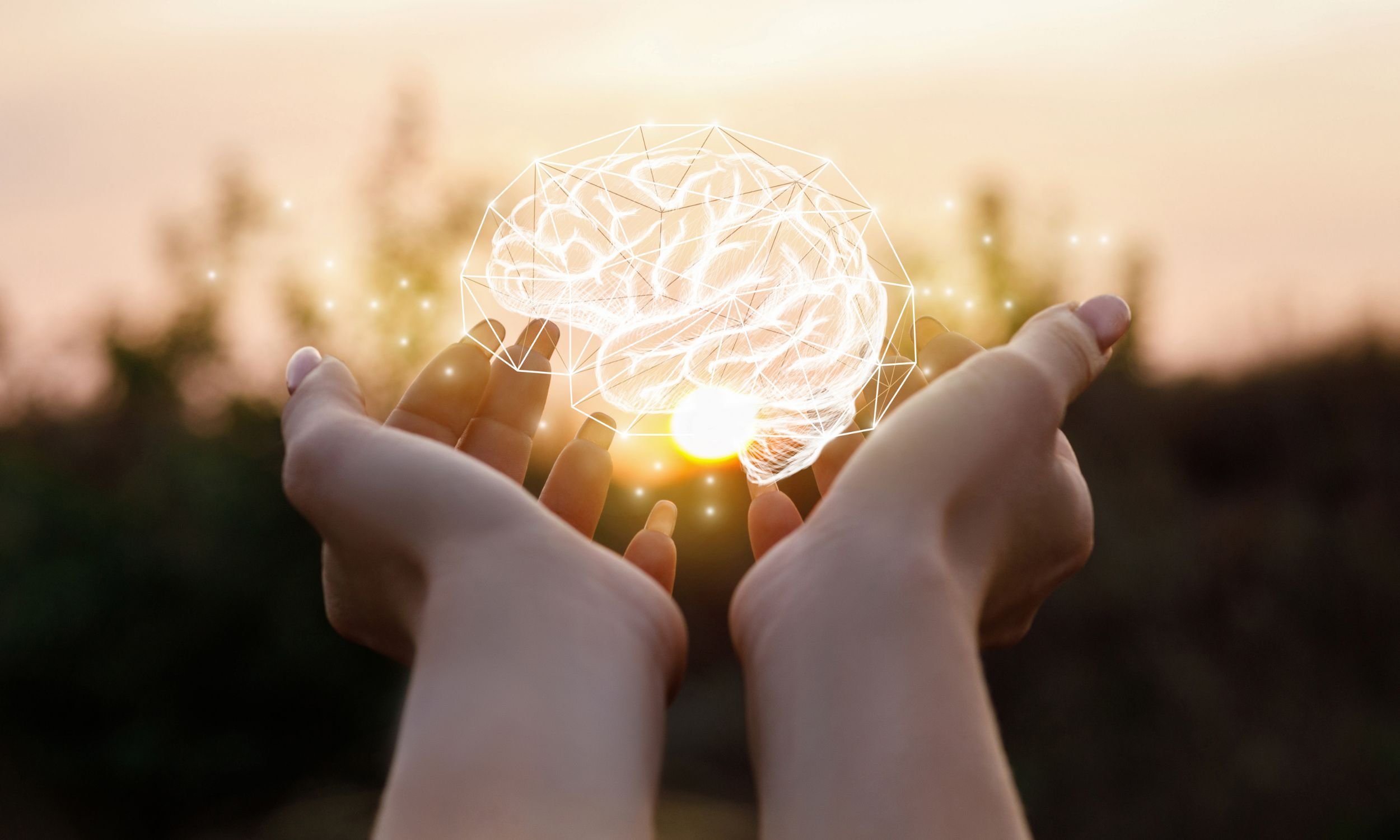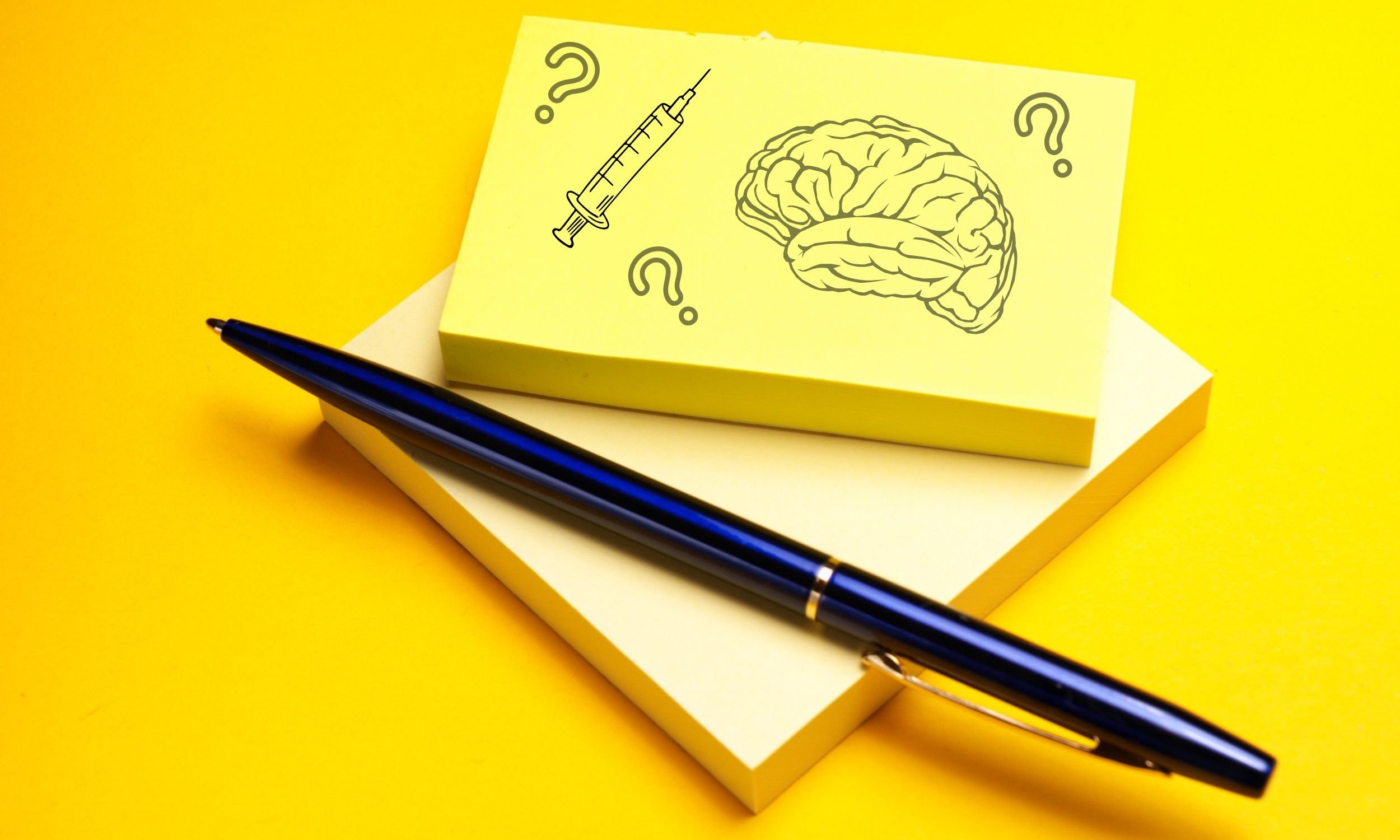This blog post has been adapted from the transcription of the above video.
One of the most exciting areas for intravenous ketamine therapy is within the realm of PTSD, post-traumatic stress disorder. In this blog, we talk about ketamine’s unique mechanism in helping those with PTSD.
A study was conducted on patients who had PTSD by treating them with either ketamine or midazolam and analyzing their brains before and after.
How does ketamine help those with PTSD?
There was an interesting study by Norbury, Agnes et al published by the American College of Neuropsychopharmacology in 2021. They were looking at patients who had PTSD using a type of special brain imaging called functional MRI, fMRI. In this study, they were treating patients either with ketamine or midazolam. Midazolam is a benzodiazepine that was used as a placebo control. Ketamine was the active drug that was being studied. They took these patients and did an analysis of their brains before and after they had received either the ketamine or the placebo midazolam.
It has been found that ketamine reduces activity of the amygdala, a part of the brain that processes fearful and threatening information.
Ketamine’s effect on a brain with PTSD
Patients who have PTSD have a hyperactive amygdala. The amygdala is considered to be the part that processes fearful and threatening information as well as activating appropriate behaviors in response to this information. What the researchers of this study found was that the activity of the amygdala seems to be decreased after receiving ketamine compared to those who received midazolam. In other words, the ketamine decreased the activity of the amygdala which then translate to less fear processing, i.e. PTSD patients experienced less fear and/or less hypervigilance and hyperarousal.
Learn how to deal with challenging ketamine experiences here at our blog, How to Handle Challenging Experiences With Ketamine.
As we’re learning more about how ketamine can help treat patients with PTSD, there is hope as there are currently not plenty of drugs that are effective.
Understanding PTSD and ketamine’s role in treatment
In conclusion this study showed ketamine seemed to decrease activity of the amygdala which translates to less PTSD symptoms. This is really cool because we're learning more and more about ketamine and how it can be used for patients who suffer from PTSD. As you may already know, PTSD can be really challenging to treat and there's not a lot of drugs that are effective for it. So this is some cutting edge research using functional MRI imaging of the brain to see what exactly is happening.
Now of course, these are preliminary studies and we will truly never know exactly what is going on in our consciousness. But we get these clues and hints by using the latest cutting edge science.
If you enjoyed this blog, here are a few other blogs you might like to read!
Can Ketamine Infusions Be Used For Treating Chronic PTSD?
In this article, we are going to explore the groundbreaking research supporting this therapy, as well as related questions such as, who should and who shouldn’t try ketamine infusion treatments for PTSD.
How Ketamine Affects The Brain In Depression: fMRI perspective
Curious about how ketamine affects the brain in depression? In this blog, we explore what happens with a brain on ketamine from the fMRI perspective.
How Ketamine Affects the Default Mode Network
In this post, learn about what the default mode network is, how ketamine affects it, and how this interaction could play a role in improving your mental health!
Study discussed in this blog and video:





